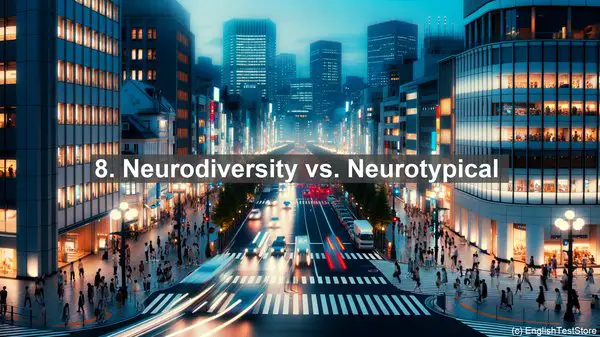Introduction
Welcome to today’s lesson on neuroethics. As you delve into this fascinating field, it’s crucial to grasp the precise meanings of certain words. In this lesson, we’ll explore the top 10 commonly confused words in neuroethics, ensuring you have a solid foundation for your studies. Let’s get started!
1. Morality vs. Ethics
While these terms are often used interchangeably, they have distinct connotations. Morality refers to personal beliefs about right and wrong, while ethics encompasses broader societal standards. In neuroethics, we analyze both individual moral judgments and the ethical implications of neuroscientific advancements.
2. Determinism vs. Free Will
The debate between determinism and free will is central to neuroethics. Determinism posits that all actions have preexisting causes, while free will suggests that individuals have autonomous decision-making abilities. Neuroethics explores the interplay between these concepts, considering how neural processes may influence choices.

3. Enhancement vs. Treatment
In the context of neuroethics, enhancement refers to interventions that aim to improve cognitive or physical abilities beyond the typical range. Treatment, on the other hand, focuses on addressing disorders or restoring normal functioning. Distinguishing between these two is crucial when evaluating the ethical implications of various interventions.

4. Privacy vs. Security
As advancements in neurotechnology continue, the issues of privacy and security become increasingly pertinent. Privacy concerns the individual’s right to control access to their personal information, while security involves safeguarding data from unauthorized access or misuse. In neuroethics, we examine the delicate balance between these two aspects.
5. Autonomy vs. Paternalism
Autonomy refers to an individual’s capacity to make independent decisions, while paternalism involves making decisions on behalf of others for their perceived benefit. In neuroethics, we explore the ethical implications of interventions that may impact autonomy, weighing the potential benefits against the need to respect individual choices.
6. Informed Consent vs. Assent
In research involving individuals who may have limited decision-making capacity, such as children or individuals with cognitive impairments, the concept of assent becomes crucial. While informed consent is obtained from legally authorized representatives, assent refers to the individual’s agreement or dissent. Neuroethics delves into the complexities of ensuring ethical research practices in such cases.
7. Dual Use Dilemma
The dual use dilemma arises when a technology or knowledge can have both beneficial and harmful applications. In neuroethics, we grapple with the ethical challenges posed by advancements that may have potential military or surveillance uses, while also offering significant medical or therapeutic benefits.
8. Neurodiversity vs. Neurotypical
Neurodiversity emphasizes the idea that neurological differences, such as those associated with autism or ADHD, are natural variations rather than disorders. Neurotypical, on the other hand, refers to individuals whose neurological development is considered typical. Neuroethics explores the societal implications of these concepts, aiming for inclusivity and understanding.
9. Neuroplasticity vs. Localization
Neuroplasticity refers to the brain’s ability to reorganize and adapt, even after injury. Localization, on the other hand, suggests that specific functions are localized in certain brain regions. In neuroethics, we consider how these concepts intersect, particularly in the context of interventions aimed at enhancing or restoring brain function.
10. Bias vs. Objectivity
In the realm of neuroethics, it’s crucial to recognize and address biases that may influence research, clinical practice, or policy decisions. Objectivity, on the other hand, entails making decisions based on impartial analysis. Neuroethics emphasizes the need for rigorous, unbiased approaches to ensure ethical and equitable outcomes.
